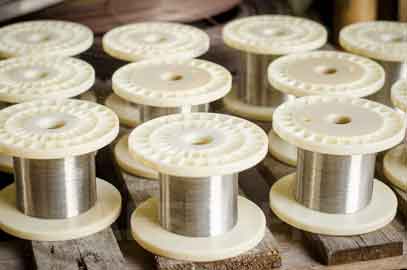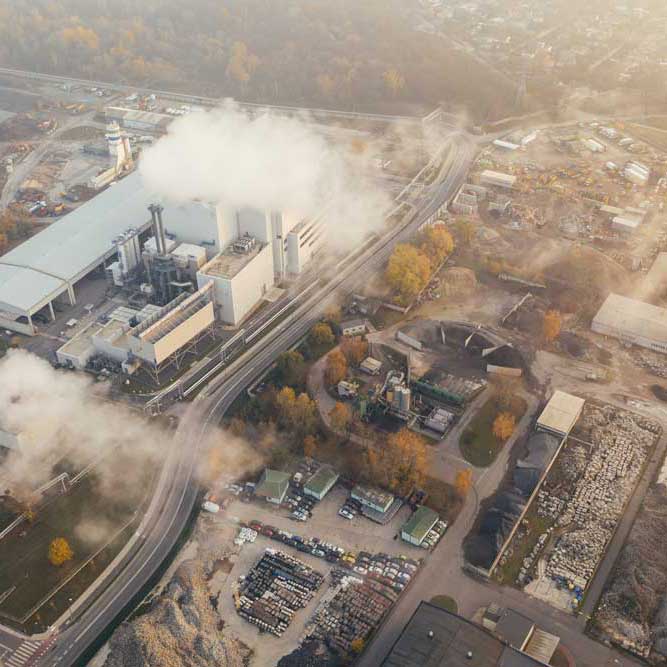Hastelloy Alloy
G-3
Hastelloy G-3 Introduction

Solid Solution
Strengthened Alloy
Resistance
Behavior
Corrosion Resistance
Sulfuric
Acid
Hydrochloric
Acid
Hydrofluoric
Acid
Phosphoric
Acid
Nitric
Acid
Organic
Acids
Alkalies
and Salts
Seawater
Overview
As a leading supplier & manufacturer in China, AEETHER supply cost-effective Hastelloy G-3 Products.
HASTELLOY alloy G-3 (UNS N06985 / W. Nr. 2.4619) is a nickel-chromium-iron alloy with additions of molybdenum and copper. Some of the minor elements are controlled to yield increased resistance to heataffected-zone (HAZ) corrosion and improved weldability. Alloy G-3 has excellent corrosion resistance to oxidizing chemicals and atmospheres. It is also resistant to reducing chemicals because of its nickel and copper contents. Nickel also provides the alloy with exceptional stress-corrosion-cracking resistance in chloride-containing environments. The high molybdenum provides very good resistance to pitting and crevice corrosion. The low carbon helps prevent sensitization, giving the alloy resistance to intergranular corrosion.
HASTELLOY alloy G-3 is particularly suitable for handling reducing acids such as phosphoric and sulfuric. It is used in flue gas desulfurization systems (scrubbers), especially in quencher, damper, and outlet ducting areas. It can be used in other air pollution control systems in the chemical and pulp and paper industries. It is a good candidate for evaporators, heatexchangers, tank liners, and other equipment in phosphoric acid manufacturing plants.
Today’s exploration for oil and gas leads to a range of highly corrosive environments that, in turn, require a range of corrosion-resistant high nickel content alloys. HASTELLOY® alloy G-3 is one of these alloys, providing an excellent combination of mechanical properties and strength. This alloy has been used extensively as OCTG (Oil Country Tubular Goods) in hot, sour environments.
Corrosion Resistance
The combination of alloying elements in HASTELLOY alloy G-3 is designed to provide broad resistance to general and localized corrosion, as well as to stress corrosion cracking. The range of corrosive conditions withstood by HASTELLOY alloy G-3 is indicated by the alloy’s ability to resist both acids and alkalies and both oxidizing and reducing media.
HASTELLOY alloy G-3 exhibited better corrosion resistance than Alloy G in the 10% HCl; 50% H2SO4; 85% H3PO4; 7% H2SO4 + 3% HCl + 1% FeCl3 + 1% CuCl2; 65% HNO3, and Streicher test environments. Alloy G showed slightly better resistance in the 10% H2SO4 test. Both alloys showed similar corrosion resistance in the 30% H3PO4 test.
Hastelloy G-3 Chemical Composition
Try our Premium Products





















Hastelloy G-3 Standards
Data Sheet
Mechanical Properties
| Product | Tensile Strength | Yield Strength (0.2% Offset) |
Elongation | ||
|---|---|---|---|---|---|
| ksi | MPa | ksi | MPa | % | |
| Sheet & Plate (Annealed) | 90 | 621 | 35 | 241 | 45 |
| OCTG (Cold worked) | 130 | 896 | 125 | 862 | 13 |
Hastelloy G-3 Applications
Related Article
More Hastelloy Grades +
B
Si
Mn
Co
V
Fe
Mo
Cr
Ni
B-2
Mn
Co
Fe
Mo
Cr
Ni
B-3
Mn
Al
Ti
Co
V
W
Fe
Mo
Cr
Ni
C
Si
Mn
Co
V
W
Fe
Mo
Cr
Ni
C-4
Mn
Ti
Co
Fe
Mo
Cr
Ni
C-22
Co
V
W
Fe
Mo
Cr
Ni
C-22HS
Al
Cu
Co
W
Fe
Mo
Cr
Ni
C-276
Mn
Co
V
W
Fe
Mo
Cr
Ni
C-2000
Al
Cu
Co
Fe
Mo
Cr
Ni
G-3
Si
Mn
Cu
Co
W
Fe
Mo
Cr
Ni
G-30
Si
Mn
Cu
Co
W
Fe
Mo
Cr
Ni
G-35
Si
Al
Co
V
W
Fe
Mo
Cr
Ni
N
Si
C
Mn
V
W
Fe
Mo
Cr
Ni
S
Si
Al
Co
W
Fe
Mo
Cr
Ni
W
Si
C
Mn
Co
V
W
Fe
Mo
Cr
Ni
X
Si
C
Mn
Al
Co
Nb
W
Fe
Mo
Cr
Ni










































